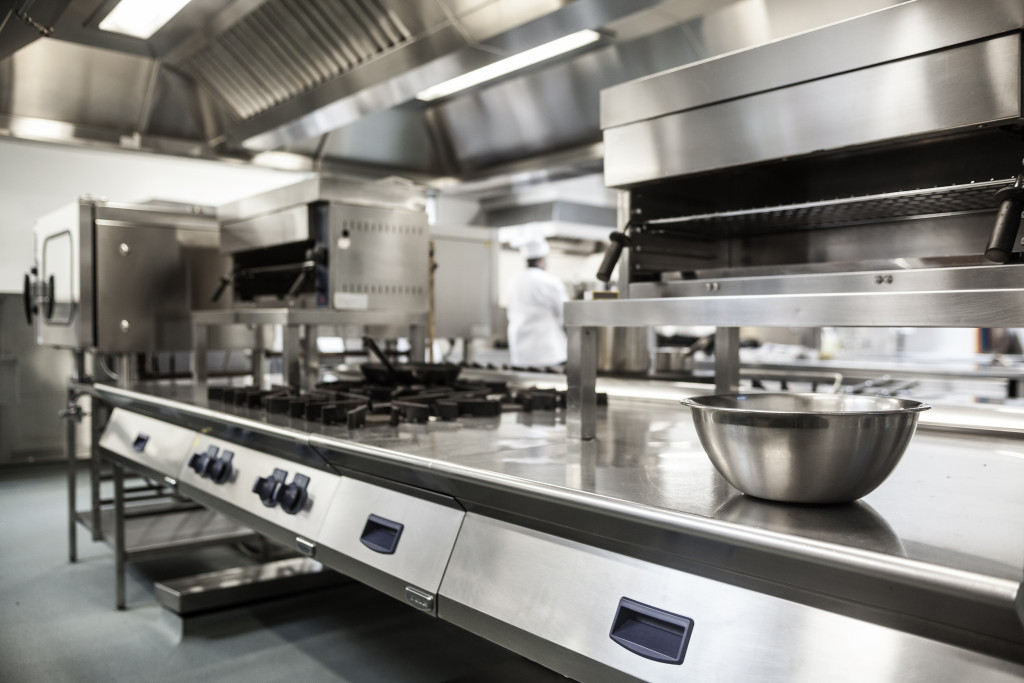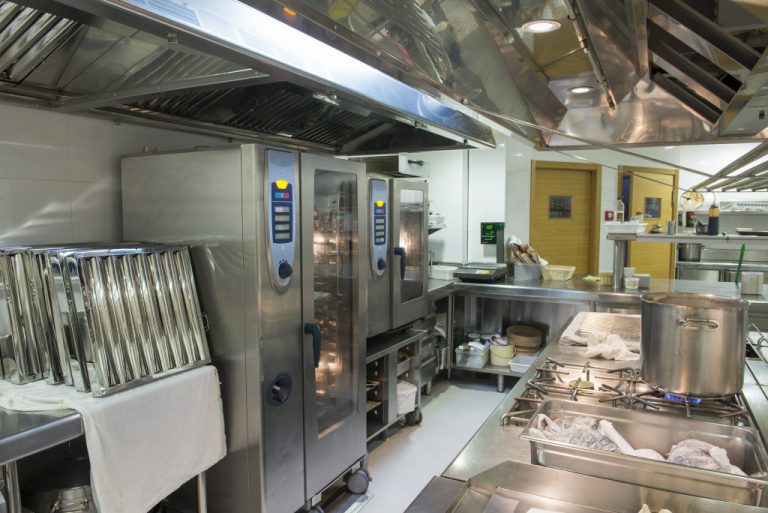If you own a restaurant or food business, moisture control is an essential part of the equation. Moisture has the potential to cause a host of problems in your restaurant kitchen, from mold and mildew growth to pest infestations. It can also damage equipment and surfaces, leading to costly repairs. Here’s why it’s important to mitigate moisture in your restaurant kitchen and some tips on how to do it.
Why Mitigate Moisture?
Mitigating moisture in your restaurant kitchen is important because it can have several negative consequences. High moisture levels can create an ideal environment for bacteria and pests such as cockroaches and rodents. This is especially true if there are any cracks or crevices that they can hide in.
Additionally, high humidity levels can cause wood surfaces to warp and metal surfaces to corrode over time, leading to expensive repairs or replacements down the line. Moisture can also create mold and mildew growth issues on surfaces like walls and floors, making them unsanitary for customers and employees.
Impacts on Food Preparation
High humidity levels can also affect the overall quality of cooked food. For example, dishes like fried foods will not crisp up as easily in high-moisture environments, making them soggy and unappetizing. Moisture can also cause frozen food products to thaw and spoil faster than in a drier environment. Spoilage does not only cause unhappy customers and possible lawsuits. It will also cost you a lot of money in wasted products.
Impacts on Kitchen Crew
High moisture levels can lead to serious health issues for your kitchen crew, such as respiratory illnesses. This is especially true if the restaurant needs proper ventilation or cooling systems like air conditioning and exhaust fans installed. In these cases, food handlers may suffer from heat stress, leading to dizziness and exhaustion. This can, in turn, lead to a decrease in productivity and higher sick leave costs.
Impact on Kitchen Equipment and Facility
High moisture levels can also hurt your kitchen equipment. Too much humidity can cause hoses and pipes to corrode over time, leading to expensive repairs or replacements further down the line. Moisture can also seep into cracks and crevices of electric equipment and machinery, leading to short circuits and power outages.
Impact on Diners
This problem also impacts the customer’s dining experience. Suppose your restaurant does not have proper ventilation and cooling systems. In that case, the interior can become uncomfortably hot and humid for diners. This can cause them to feel uncomfortable and leave in search of a more pleasant environment. This translates to decreased customer satisfaction, which can cause your restaurant to lose business.

Tips for Mitigating Moisture
Fortunately, this issue is preventable. Here are some tips for mitigating moisture in your restaurant kitchen:
Check for Leaks and Seal Vulnerable Areas: Inspect your kitchen for any leaks or signs of water damage. Make sure to repair or replace anything that needs to be fixed and seal any cracks or gaps in the walls, floor, or ceiling.
Clean Up Spills Immediately: Make sure to clean up any spills or messes promptly and thoroughly. This will prevent them from accumulating and causing mildew and mold growth.
Open Windows: Open windows when possible to let in the fresh air and reduce the humidity levels. Ensure you also close them after use to prevent pests from entering.
Use Exhaust Fans: Installing exhaust fans or hoods over ovens and stovetops will help remove moisture from the air. You should also have an exhaust fan installed in areas with high moisture-generating activities such as dishwashing and food preparation.
Install Air Conditioning: Invest in an air conditioning system for your kitchen. This will help to keep humidity levels low and maintain a comfortable working environment.
Use Dehumidifiers: For extra moisture control, you can also invest in dehumidifiers. This will act like a sponge and absorb moisture from the air, helping to reduce humidity levels.
Select Industry Standard Practice: To best protect your kitchen surfaces, select an ASTM f-3010 compliant moisture mitigation epoxy resin that also resists concrete alkalinity. This will help increase the longevity of your floors and walls and provide a safe and sanitary environment for staff and customers.
Replace Wooden Surfaces: If your kitchen has wooden surfaces, such as walls or floors, you should consider replacing them with more water-resistant materials like tile. This will help prevent warping and mold growth in areas with unavoidable moisture.
Regular Cleaning and Maintenance: Regularly cleaning and inspecting your kitchen for signs of moisture is essential. It would be best if you also had a professional inspect your ventilation system once a year to ensure everything is working properly.
By following these tips, you can help to maintain a safe and comfortable environment for your kitchen staff, customers, and equipment. This will reduce the risk of spoilage due to high humidity levels, ensure your restaurant operates at peak efficiency, and minimize added costs in repairs or replacements.




